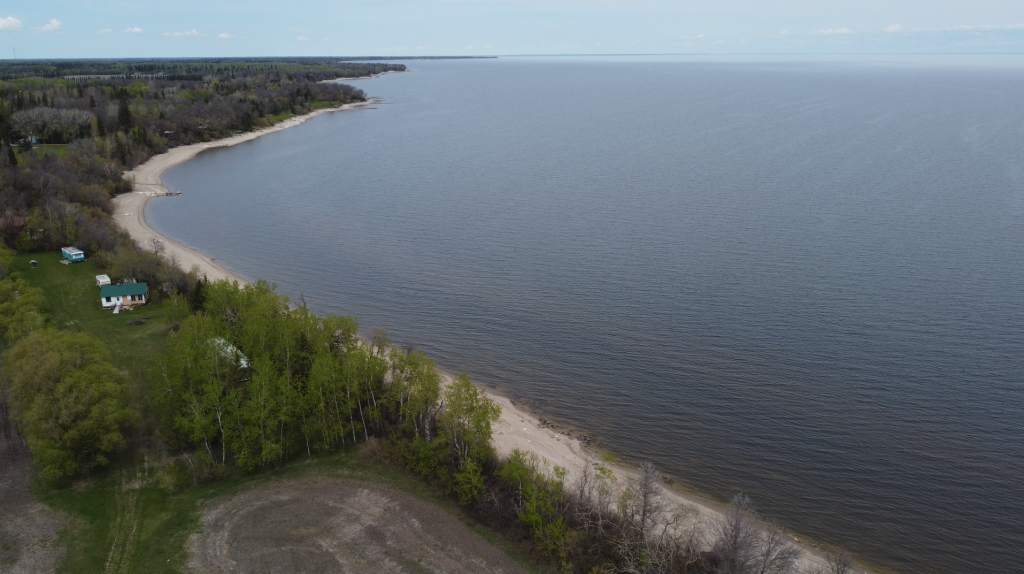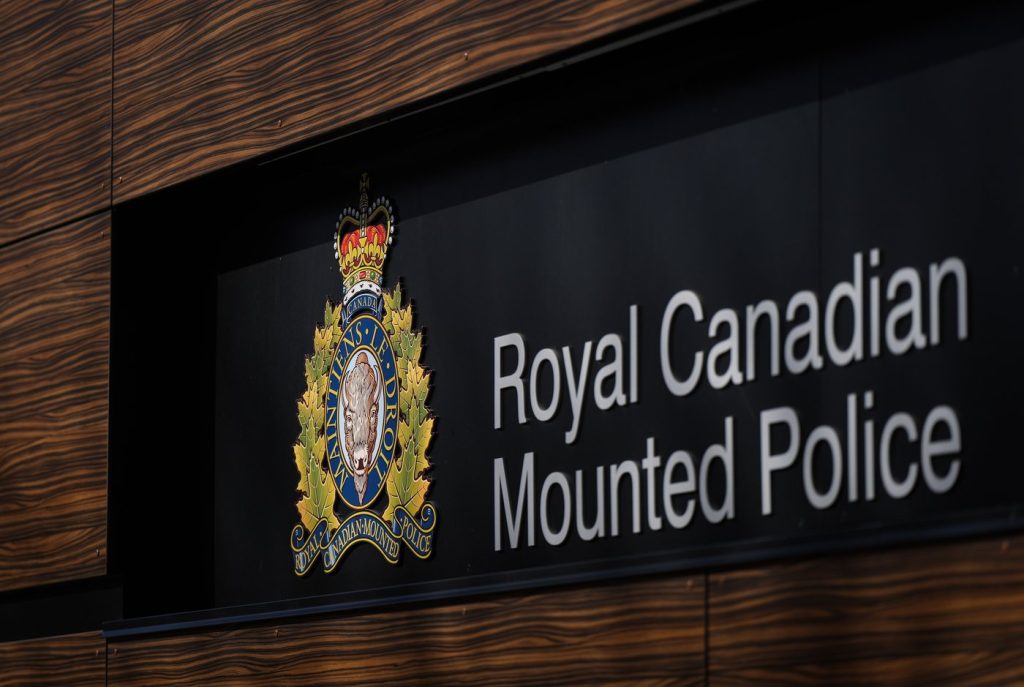Manitoba establishing nutrient targets to protect lakes and rivers

Posted August 30, 2024 2:56 pm.
Last Updated August 31, 2024 10:13 am.
The Manitoba government announced this week that it’s establishing nutrient targets to protect Manitoba’s lakes and rivers, including Lake Winnipeg, for future generations.
Environment and Climate Change Minister Tracy Schmidt introduced the new regulation under the Water Protection Act, which includes Lake Winnipeg, and key rivers like the Red and Winnipeg.
“It’s going to have the province now track and report on loading from the main rivers into Manitoba’s water systems,” Pascal Badiou, research scientist with Ducks Unlimited Canada.
Badiou says one of the main nutrient loads that is contributing to Manitoba’s freshwater lakes, is non-point source nutrient pollution. It means….nutrients coming off the landscape in runoff, can come from urban settings or agriculture fields.

“When we can conserve and restore wetlands, we know that some wetlands do a really good job in processing nutrients, in fact, they punch well above their weight in terms of size.”
In recent years, Lake Winnipeg and its tributaries have seen increased levels of nitrogen and phosphorus, contributing to more frequent and severe algal blooms. These blooms pose significant economic, health and environmental risks.
“The average loading rates for phosphorus is about five thousand tonnes per year what we’ve seen. The province has set a target of 2,800 tonnes per year, so this is an aggressive target that we have seen,” explained Dr. Richard Grosshans, the bioremediation lead of water policy at the International Institute for Sustainable Development.

“It’s going to take a lot of effort, a lot of investment in infrastructure projects, and in natural infrastructure like wetlands, water retention projects, to help drive those numbers down, help drive that loading down, to lower the loading rates to Lake Winnipeg.”
Armand Belanger says there are things people can do to help restore the health of our water bodies.
“Nutrient target regulations are important for general overall water quality for streams, rivers and the health of Lake Winnipeg,” said Belanger.
With urban sprawl and concrete, it speeds up the water flow off urban areas and into drains and rivers. In urban areas, we can enhance native grassland restorations or urban catch-off areas. Areas that can slowly dispute the water into the grass set or hold onto that water for as long as you can. In the rural areas, we are promoting regen-ag or other beneficial management practices like wetlands, grasslands, or forests.”








